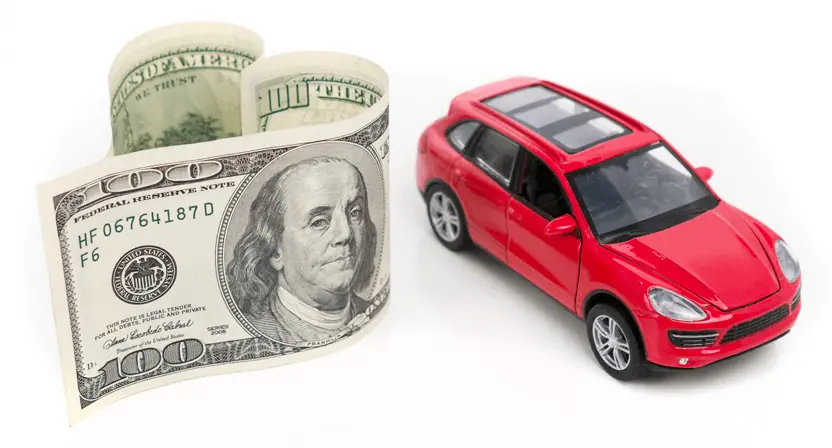The value of your car isn't the only determining factor. Learn more about the many other variables that come into play when shopping for full coverage auto insurance and tips for controlling your costs.
What Does Full Coverage Auto Insurance Cover?
While it is true that a full coverage insurance policy provides many more protections against financial loss than a stripped down auto insurance policy, it is important to understand that no insurance policy will protect all your assets in all situations. The reality is that full coverage insurance will never cover you beyond your set policy limits and you will always be responsible for the policy’s deductible. But that doesn’t mean that full coverage doesn’t have its benefits. The important thing is to understand its limitations and design your policy according to how much risk you are willing to take.
Find Cheap Full Coverage Auto Insurance
Full Coverage Limits
When you buy a full coverage policy, you and your insurer will settle on the payout limits for the individual parts of the policy. Usually, a policy has separate limits for medical bills, repair bills and collision/ comprehensive coverage, so it is important to know all of them. Limits can range from $10,000 to $300,000, but there are always limits. For example, if you have a $50,000 limit on your personal injury liability coverage but you cause injuries totaling $150,000 in an accident, you will end up paying $100,000 out of pocket. To protect yourself better, you can select higher limits, but this will, of course, also raise your monthly premiums.
Full Coverage Deductibles
Also be aware that during any insurance settlement you will also need to pay the deductible. Thus, no matter how high your insurance limits are, you will still be liable for the predetermined deductible you and your insurer agreed on.
What is Included Full Coverage
Now that you understand how limits effect a full coverage policy, lets go over the different types of coverage a “full coverage” policy may or may not include. This can vary depending on what each insurance company considers to be full coverage insurance. Each is free to add additional services as they see fit, so it’s very important you are looking at the same types of coverage whenever you compare insurance quotes.
Typically, all full coverage insurance policies have three types of coverage: liability, collision and comprehensive. Liability pays for expenses to other people in an accident. This can cover damages to their vehicles, their property or medical bills. Collision pays for repairs and replacements to your vehicle in an accident. Comprehensive pays in the event that your car is stolen, vandalized or otherwise damaged while not being involved in a collision.
Some examples of coverage an insurer might include in their definition of full-coverage could include under-insured and uninsured motorist coverage, roadside assistance coverage and personal injury protection. However, none of these services are inherently included in a full coverage policy, and most often they are not.
Finding a Policy and Price You Are Happy With
If you are currently insured and are not satisfied with the level of insurance you are being provided, it is fast and easy to find and compare the rates of the level of coverage you want by entering your Zip Code here. Once you find the company offering the lowest price for the level of coverage you are comfortable with, you can easily switch to the new policy.


